2023 Summary
In this new cycle, we remain faithful to our statutory aims but have adapted to the new times, focusing our activity on the field of art, knowledge and science, in a fairer, more sustainable and diverse world.
Culture
Japanese prints and masterpieces from the Holy Land
The collection assembled by Calouste Gulbenkian contains a remarkable collection of Japanese art, which includes a vast number of Japanese prints produced between the 17th and 19th centuries, little known to the public until now. The exhibition, which the Gulbenkian Museum presented between June and October, revealed part of these prints, united under the concept of ukiyo – the word means floating world and refers to the ephemeral pleasures of everyday life. Curated by Jorge Rodrigues, Hannah Sigur and Francesca Neglia, Floating World: Japanese “ukiyo-e” prints profiled Edo, now Tokyo, through two themes that illustrated the popular culture of the city at the time: feminine beauty, personified in the figure of the courtesan, and contemplation of the natural world. The exhibition gave rise to a lavishly illustrated catalogue with unpublished texts on the iconography, the concept and Calouste Gulbenkian’s collection.


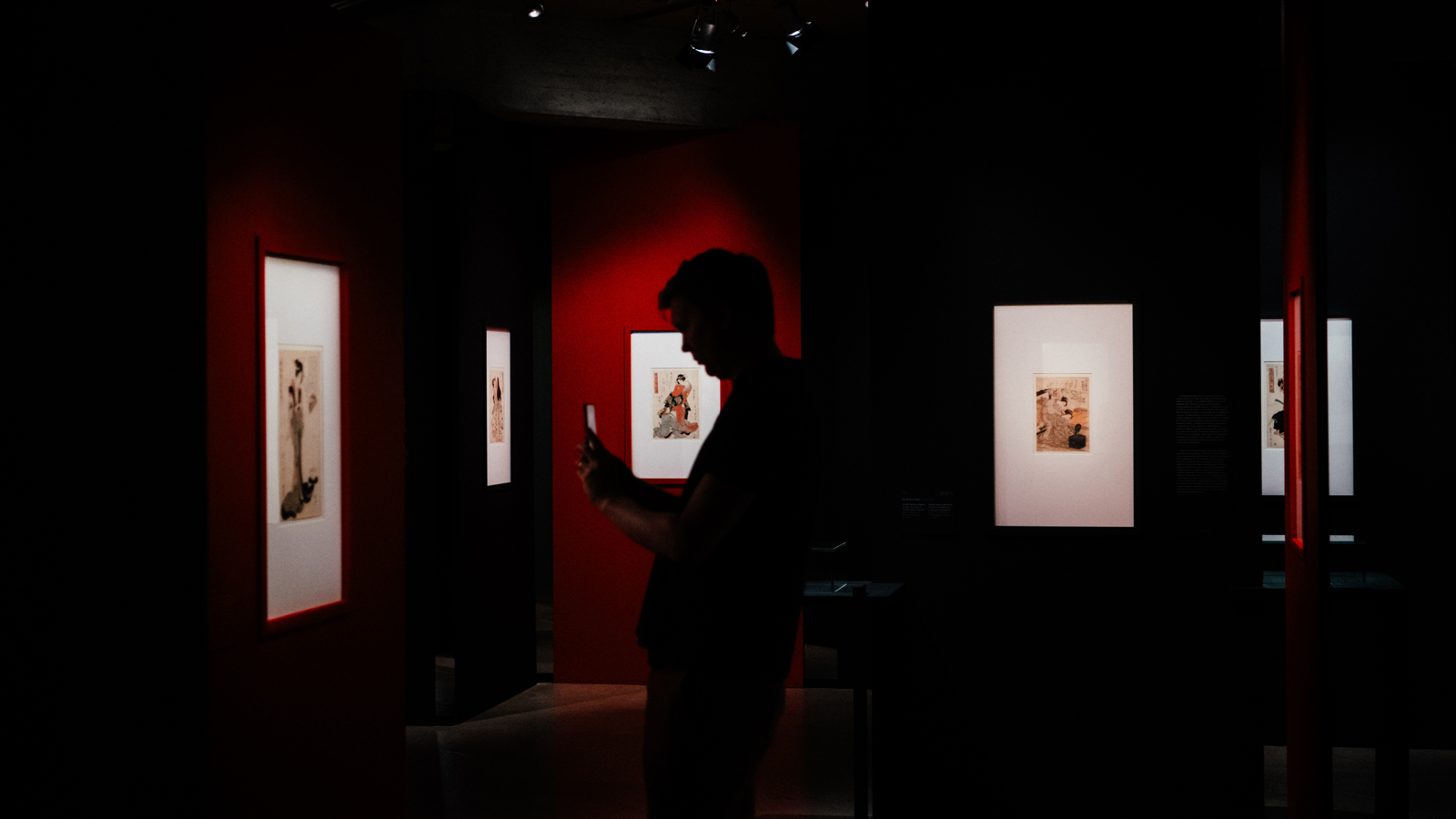

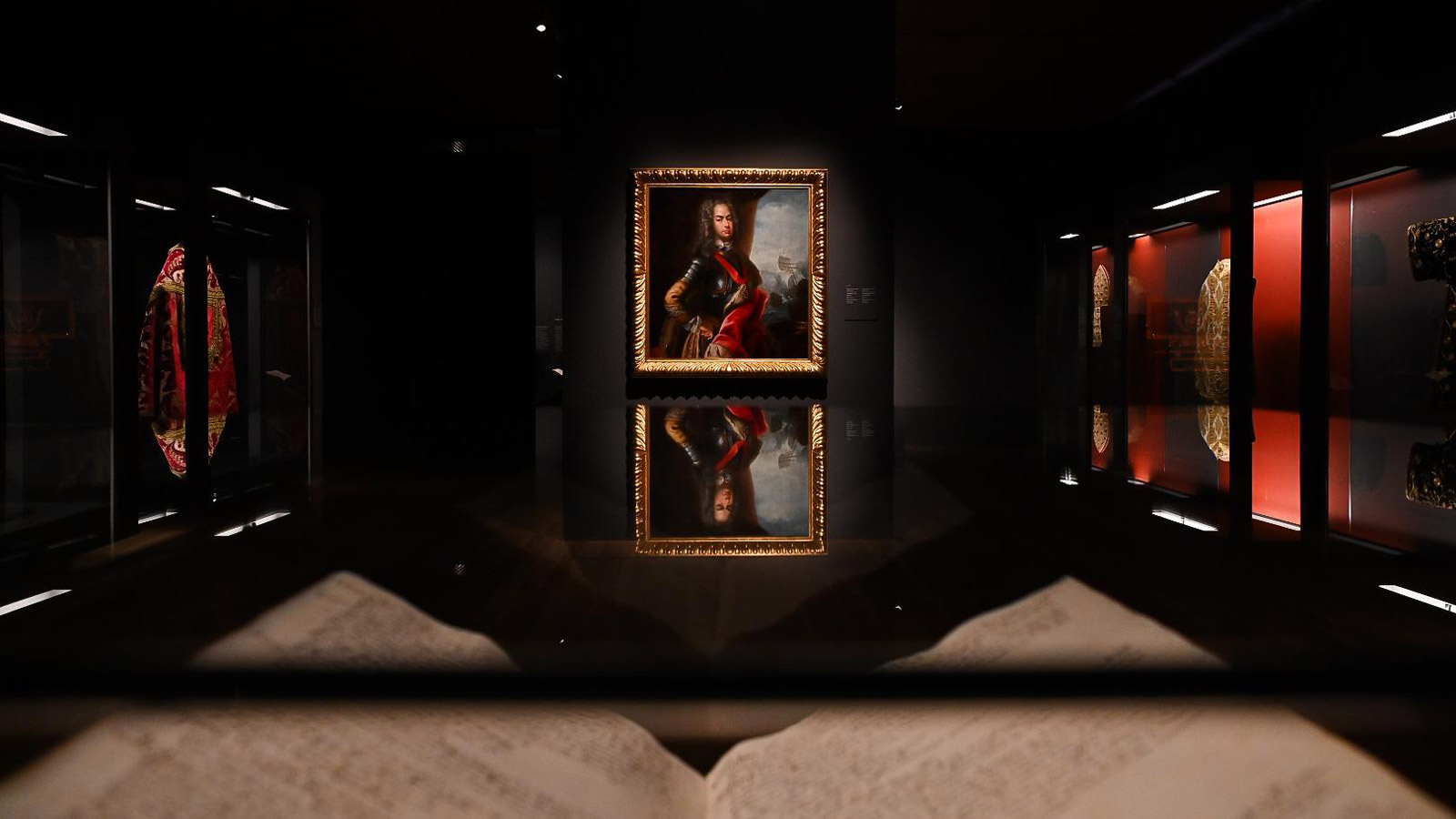
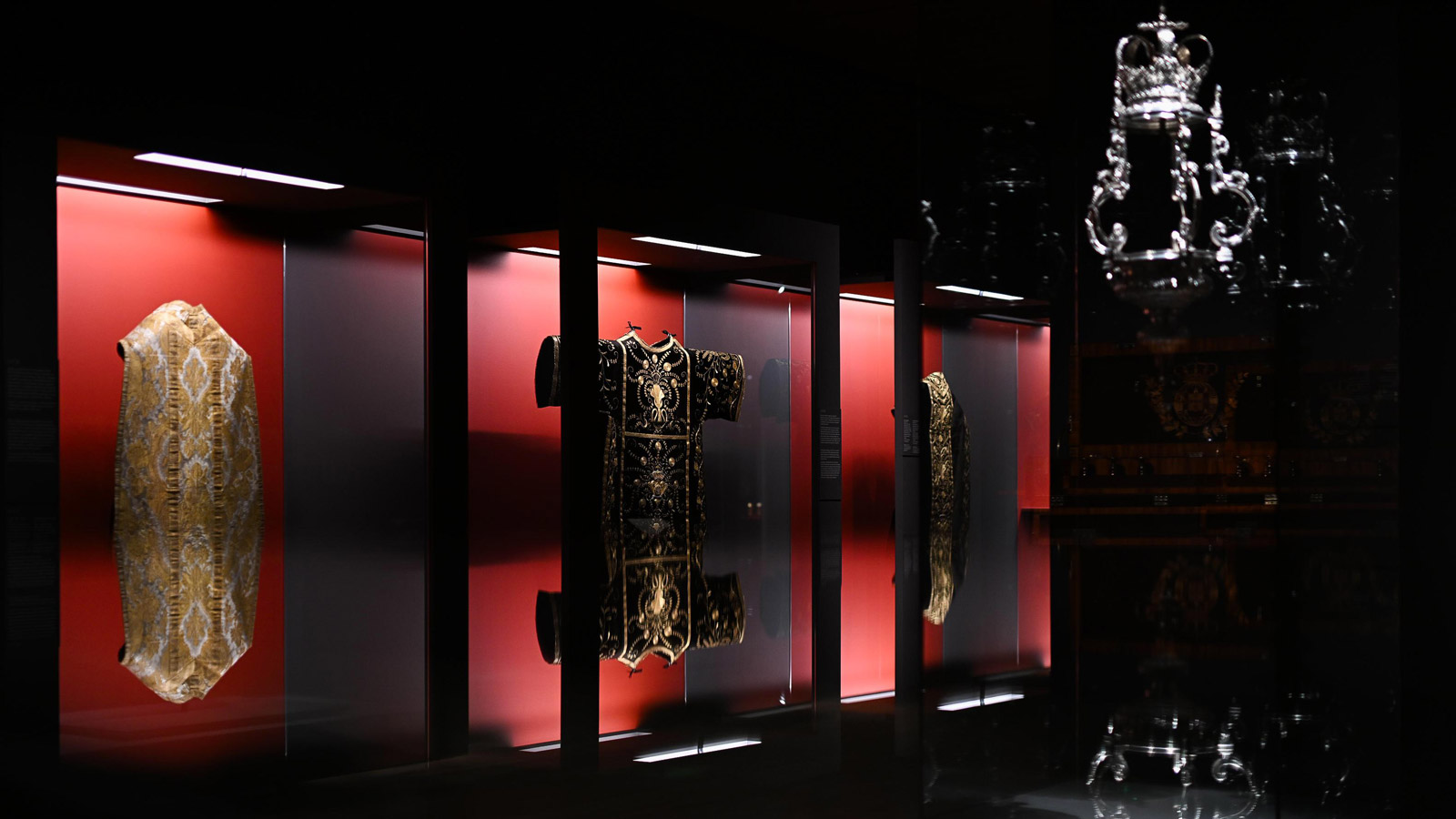
In November, the Museum opened its winter exhibition on royal donations to the Holy Land, curated by Jacques-Charles Gaffiot and André Afonso. The hundred or so pieces on display, rarely shown to the public, are an example of how the Basilica of the Holy Sepulchre in Jerusalem became, over the centuries, an important centre for projecting the devotion and power of European Catholic kings and princes. King João V of Portugal, Philip II of Spain, Louis XIV of France, Charles VII of Naples and Maria Theresa of Austria were some of the European sovereigns who brought exceptional artistic collections of jewellery, textiles and furniture to the Holy Land to be used, above all, in the worship and ornamentation of the Basilica. The careful restoration of some of the pieces exhibited in The Treasure of the Kings. Masterpieces from the Terra Sancta Museum can still be seen until the end of February at the Foundation, after which it will move on to other places.
The collection at CAM’s 40th anniversary
A mural full of works, almost like a showcase, invited visitors to discover Stories of a Collection, the exhibition that marked the 40th anniversary of the Modern Art Centre. Revisiting some of the most striking works and revealing others that are less well known, or even previously unseen, Stories of a Collection. Modern and Contemporary Art from CAM marked the key moments in the creation of CAM’s collection, from 5 May to 18 September.
Accompanied by a catalogue with unpublished essays by Antonia Gaeta, Rita Albergaria and the exhibition’s four curators – Ana Vasconcelos, Leonor Nazaré, Patrícia Rosas and Rita Fabiana, this exhibition brought together around two hundred works from different eras, geographies and artistic practices. Besides contemplating new narratives and interpretations, it featured works by national and foreign artists from CAM’s collection, which has around 11,000 artworks.
Between 18 May and 18 September, the exhibition Gris, Vide, Cris brought together works by Alberto Giacometti and various sculptures by Rui Chafes, some created specifically for this exhibition. The exhibition received unanimous critical acclaim and was considered one of the most important of the year by the critics of Expresso and Público.
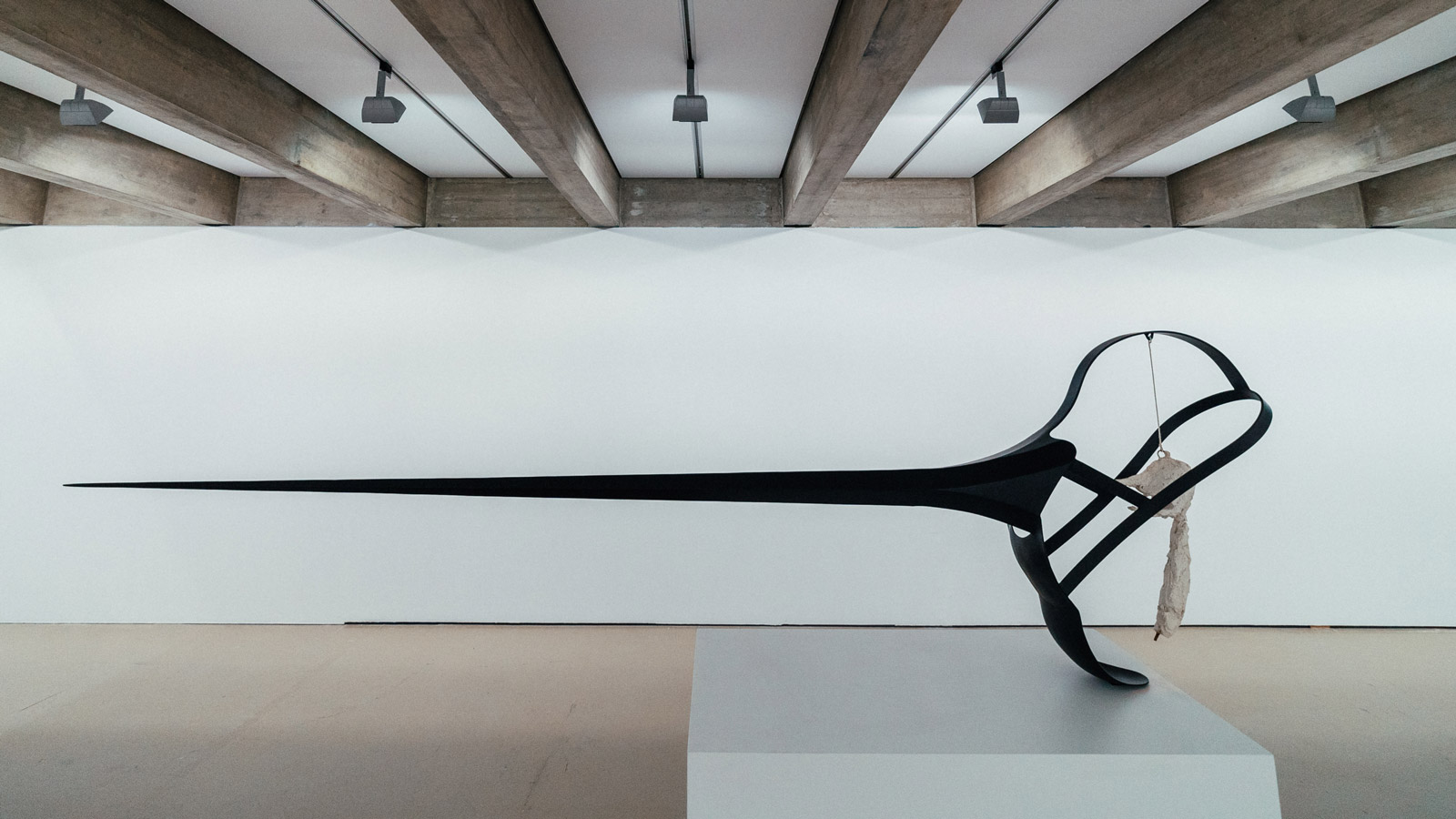
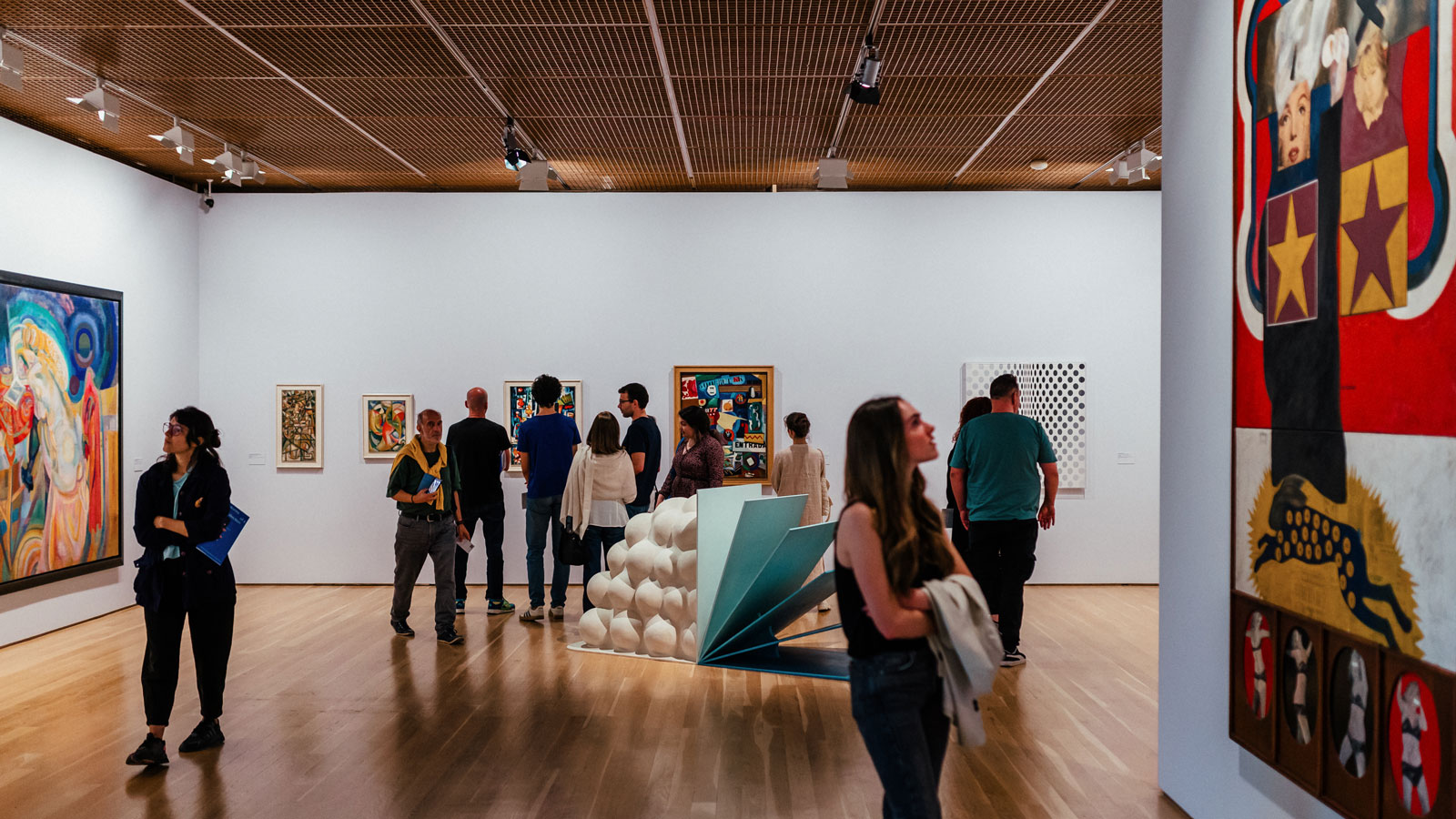
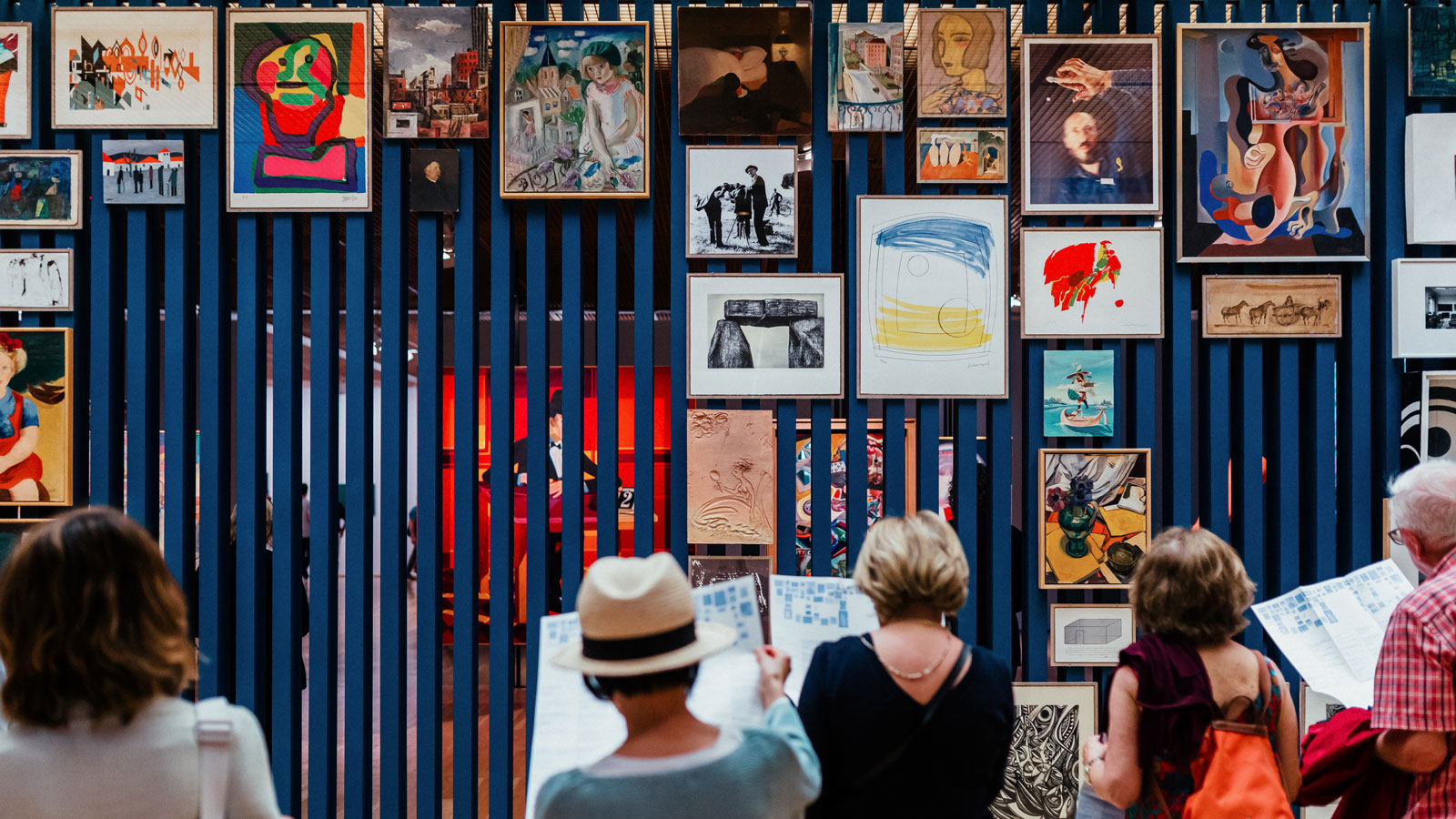
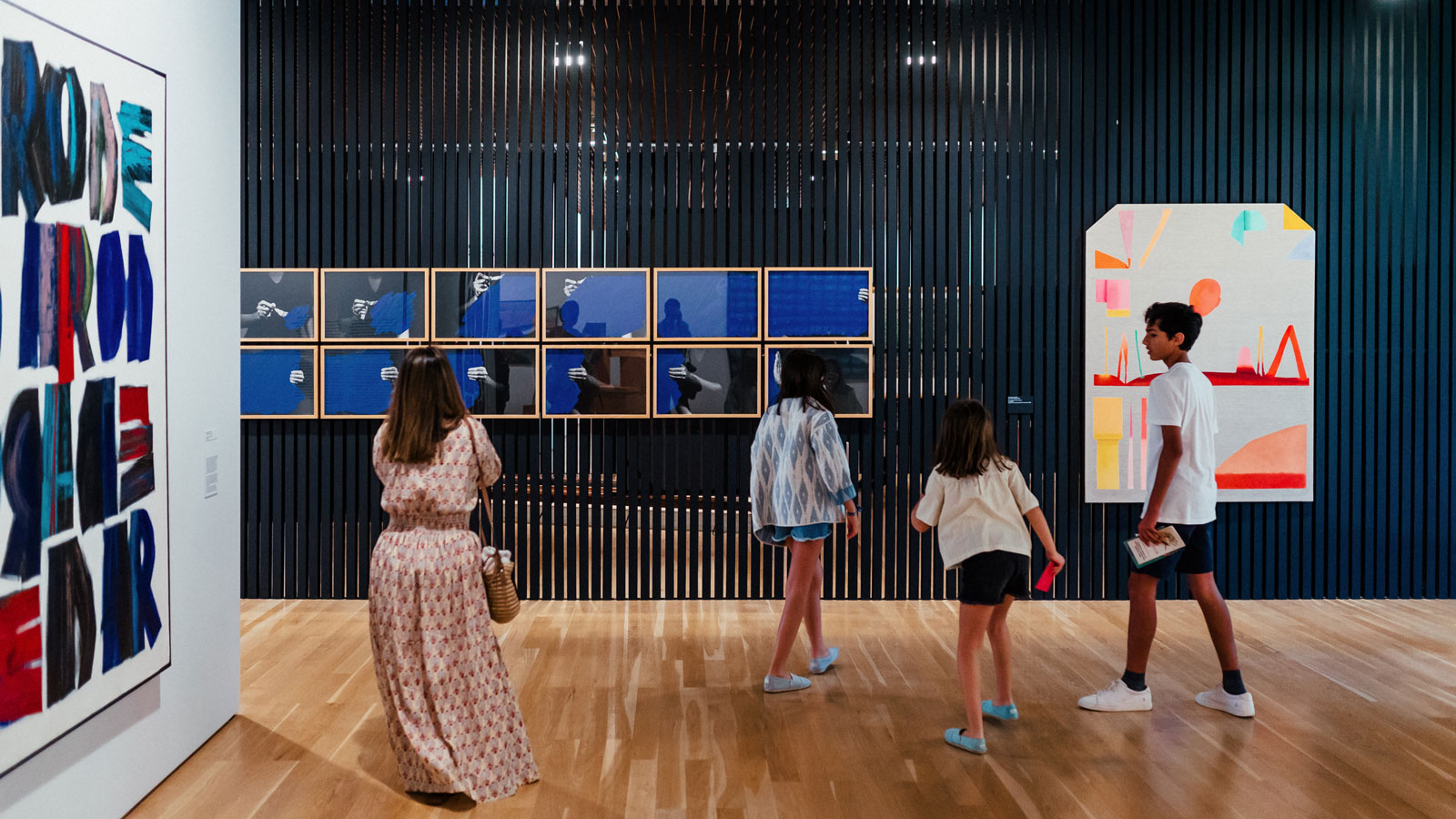
Completing the celebration of its four decades of existence, CAM also started the Engawa Japanese art season, a programme based on the concept of Japanese architect Kengo Kuma for the renovation of its building and which designates a space of passage, both interior and exterior, characteristic of traditional Japanese houses. Bringing together different collaborations with artists and cultural institutions in the city of Lisbon, the season brought to Lisbon a group of creators from Japan and the Japanese diaspora, many of them for the first time in Portugal.
A new Principal Conductor
The year 2023 marked the debut of a new Principal Conductor at the head of the Gulbenkian Orchestra. Finland’s Hannu Lintu began by conducting Mahler’s acclaimed 2nd Symphony, which received unanimous acclaim from audiences and critics alike. This season, Lintu has also conducted works by Chostakovich, Debussy, Ligeti and Sibelius, among others, in a total of six completely sold-out concerts. At the same time, Hannu Lintu continues as Principal Conductor of the Finnish National Opera and Ballet, having conducted orchestras such as the New York Philharmonic, the Radio France National Orchestra, the Deutsches Symphonie-Orchester Berlin and the BBC Symphony.
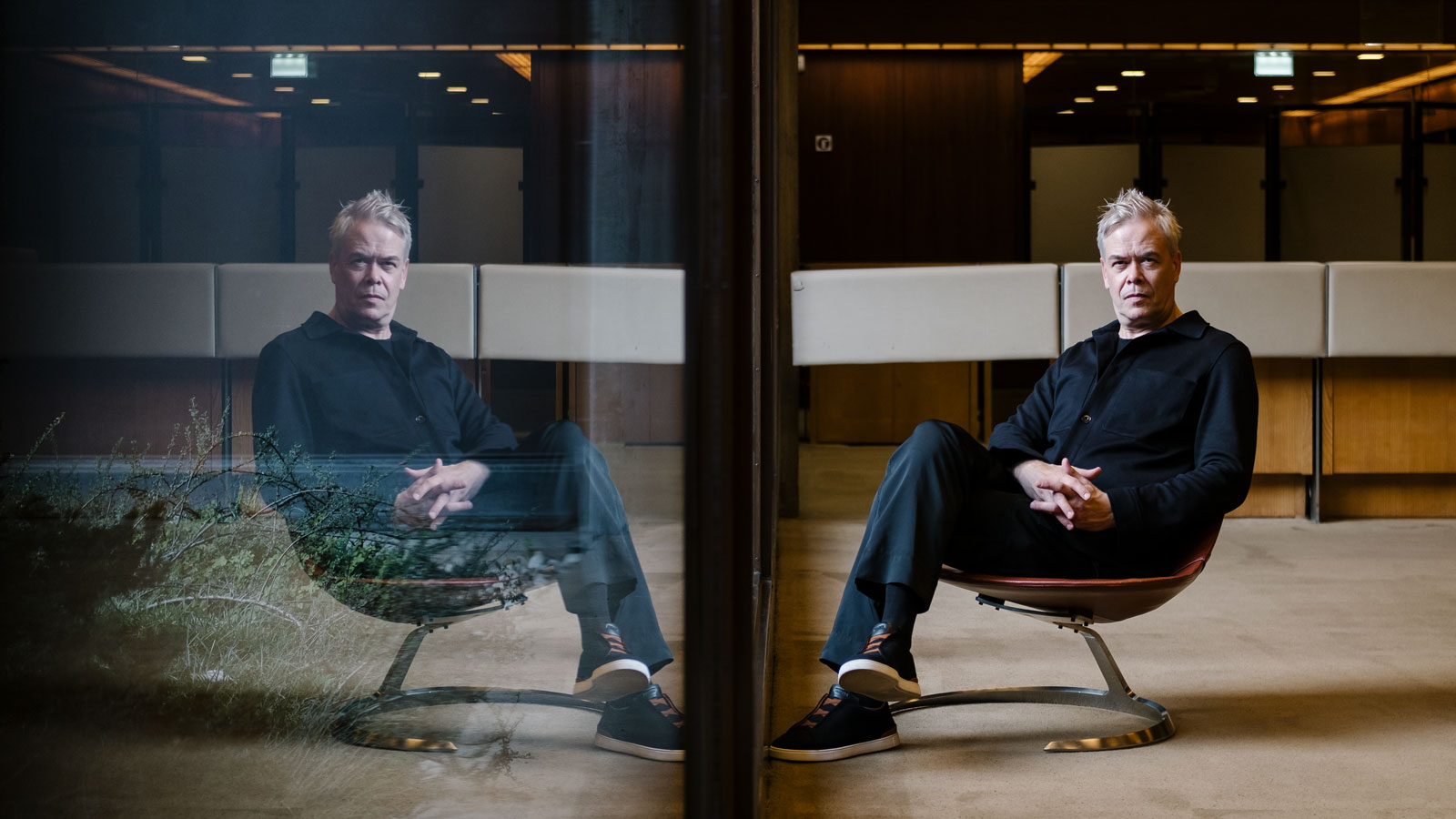

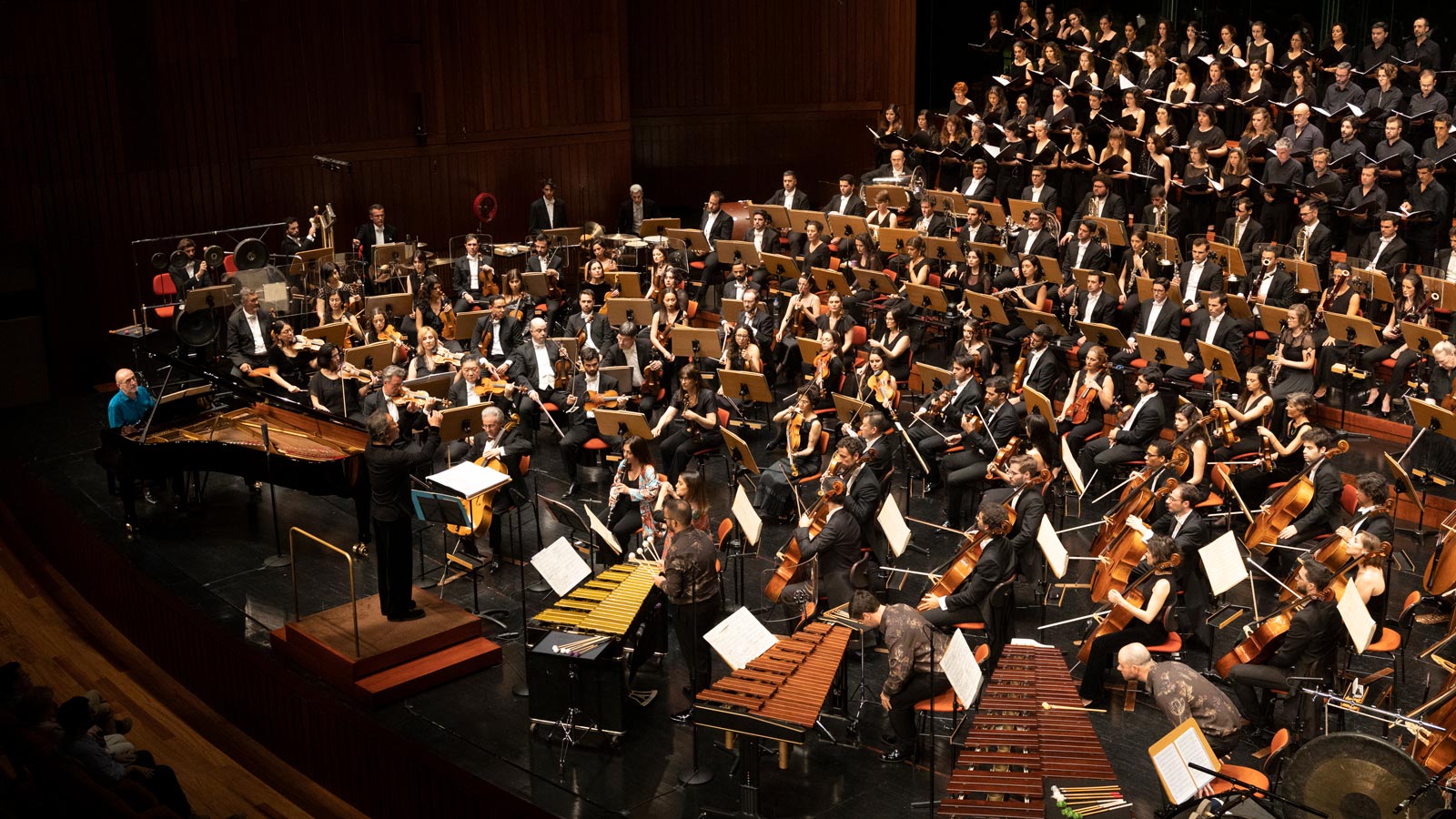
In April, the performance of La Transfiguration de Notre Seigneur Jésus-Christ by Olivier Messiaen at the Grand Auditorium was the pretext for honouring Madalena de Azeredo Perdigão, marking the centenary of her birth. This work was commissioned by the Foundation’s Music Department, which she headed at the time, and was the occasion to celebrate her pioneering and innovative spirit. The piece was performed by the Gulbenkian Choir and Orchestra under the direction of Myung-Whun Chung. This year’s Jazz in August also recalled the role of Madalena de Azeredo Perdigão in its creation almost 40 years ago, as part of the ACARTE programme she designed. At the time, the Foundation’s regular musical programming was already publicly recognised and prestigious for the excellence of its classical music programmes. The inclusion of jazz – a musical genre that until then had a relatively incipient history and presence in Portuguese artistic life – in this programme is precisely part of the process of modernisation and opening up to new audiences that ACARTE set out to achieve.
New collections in the Art Library
In 2023, almost 8,000 documents entered the Art Library (by acquisition or donation). These include 230 Artist’s Books and independent editions, around 5,200 documents from René Bertholo’s estate (exhibition catalogues, ephemera, photographs, magazines, press cuttings and correspondence), more than 1. 000 from the Loja de Desenho Archive (including press cuttings, leaflets, catalogues, photographs, slides and press releases relating to the 21 solo exhibitions and two group exhibitions held at the gallery), around 1,000 from Ernesto de Sousa’s Mail Art Collection, 54 documents (letters, postcards and photographs exchanged with American art historian Robert Chester-Smith) from the Tasso de Sousa Collection and 30 from the Ephemera Collection. All the documents received will be properly processed and made available in the Art Library catalogue for public access.
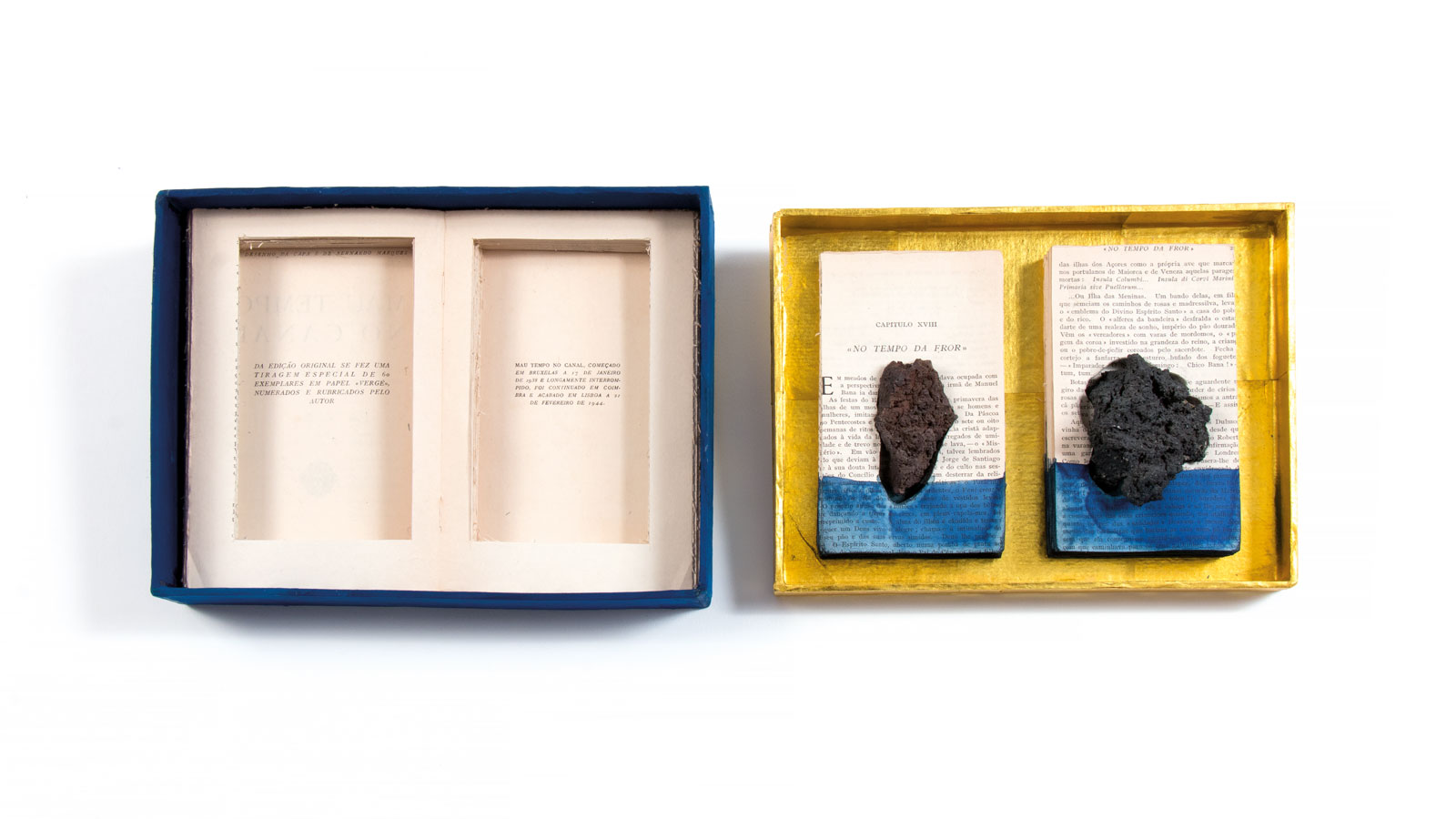
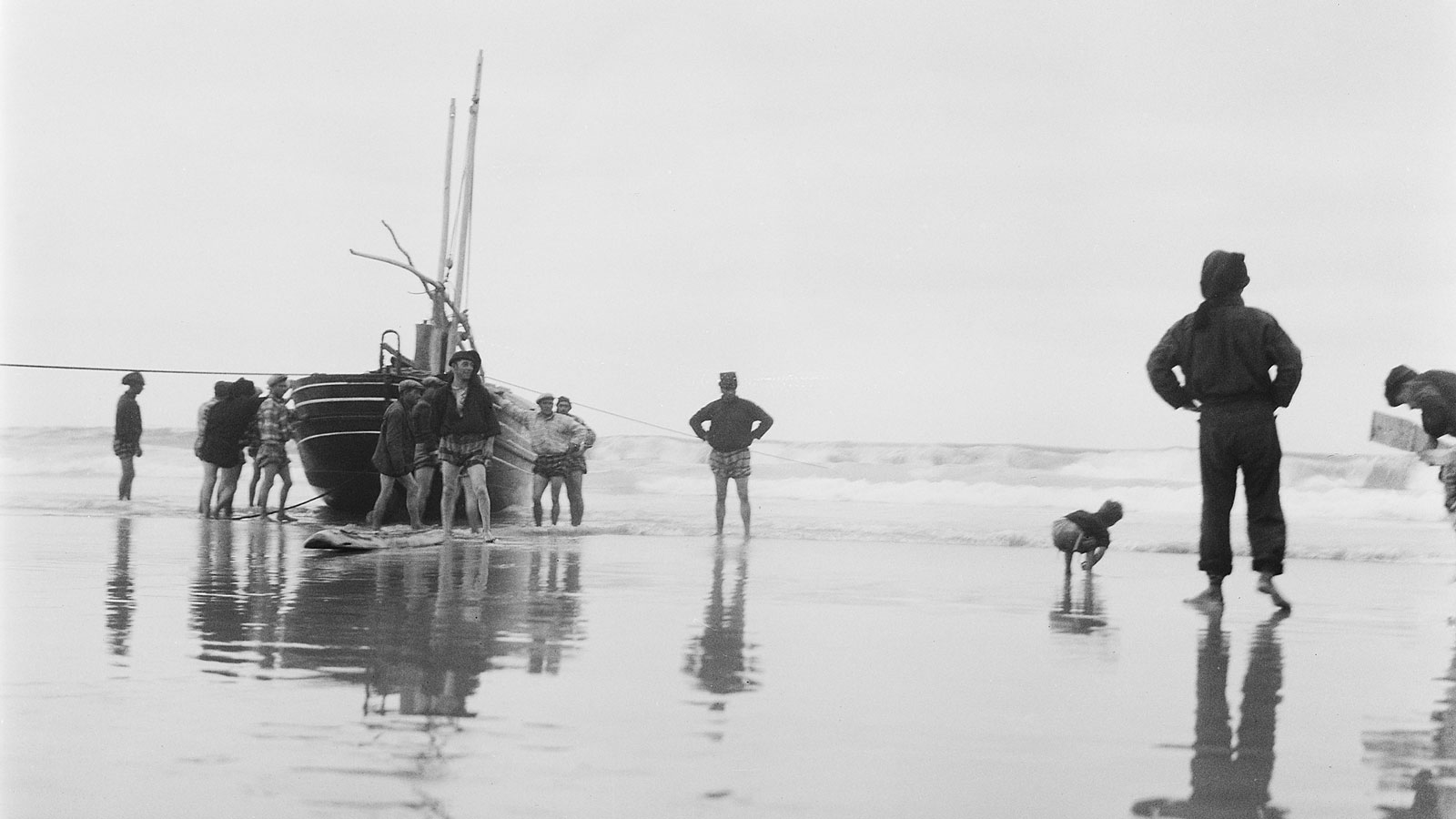

In 2023, around 39,000 images from the BA’s collection were also published online, namely from the Robert Chester Smith, Abreu Nunes, Jorge Ribeiro and public monuments holdings and collections, adding to the million documents available for remote consultation in the Art Library’s online library.
Centenary of Madalena de Azeredo Perdigão
Madalena de Azeredo Perdigão (1923-1989) was a key figure in the artistic life of the second half of the 20th century, especially in the evolution of the performing arts, with an intervention that still has an impact on Portuguese culture today. To mark the centenary of this inescapable figure in the history of the Gulbenkian Foundation, a number of initiatives were organised, such as the We will take risks exhibition, a colloquium, concerts and the launch of a book with the same title as the exhibition, in which some of her most important texts are published.
Coordinated by Rui Vieira Nery (commissioner) and Inês Thomas Almeida (deputy commissioner), the centenary celebrations began on April 28 , the date of her 100th birthday, with the exhibition Madalena de Azeredo Perdigão (1923-1989): we will take risks. The exhibition, whose title quotes a phrase of Madalena’s included in the ACARTE Manifesto, was biographical and retrospective, but also forward-looking, focusing both on the structures she launched, which are still active today, and her permanent attitude of openness to new problems, models and intervention methodologies in artistic management.
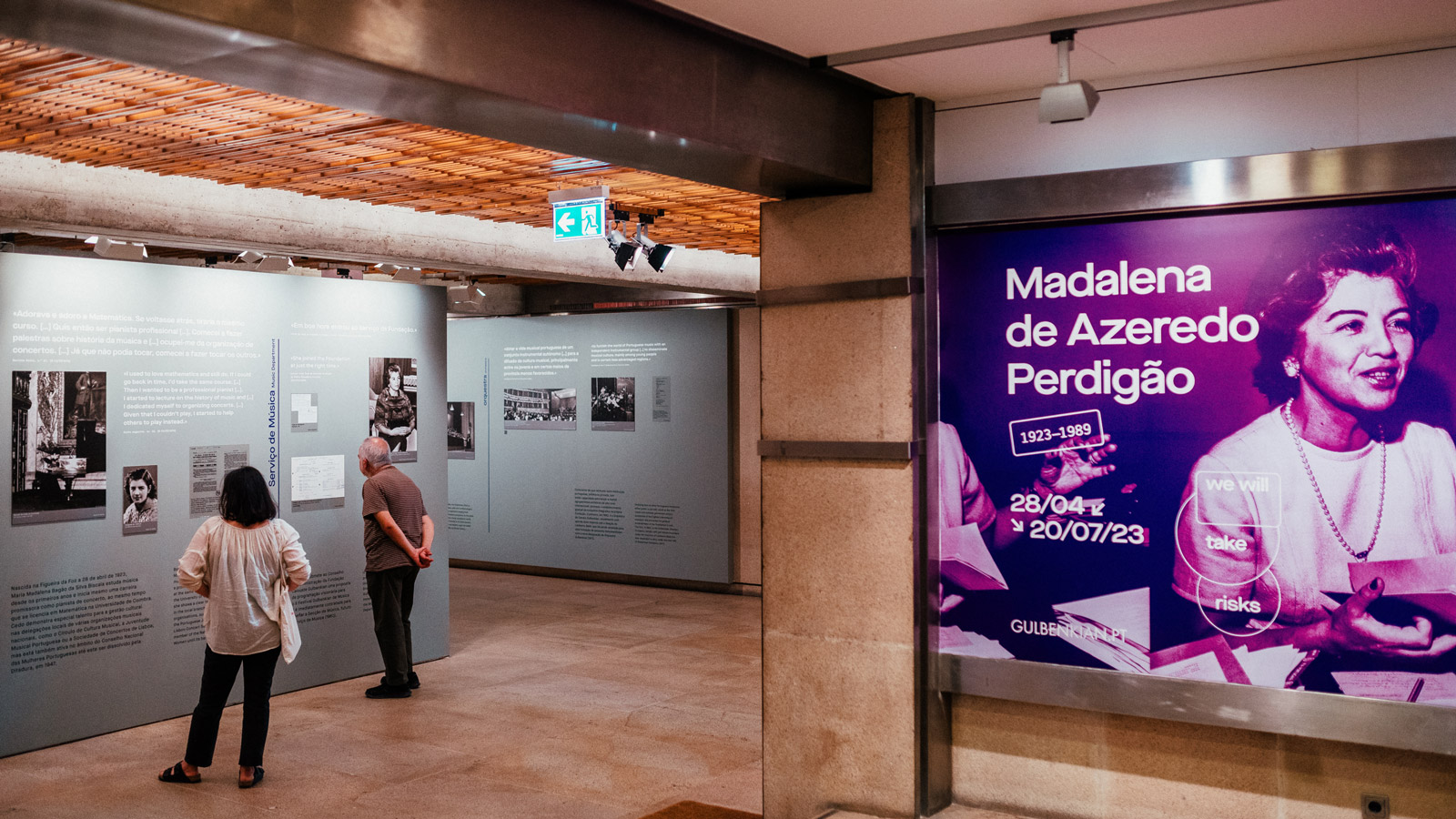



In June, another highlight of the tribute was the Colloquium celebrating her life and work, where the book was presented with an anthology of her texts, including the ACARTE Manifesto, her strategic vision on the decentralisation of the Gulbenkian Festivals, on the accessibility of culture and inclusion, among other documents. The year ended with the opening of the Dance not Dance cycle, which in 2024 will continue to present different manifestations of dance that marked the 20th century in Portugal. At the end of the cycle, an exhibition/timeline will show the chronology of the most important moments in the history of dance in Portugal, including the Gulbenkian Ballet and the Experimental Ballet Group, which were created by Madalena de Azeredo Perdigão.
Grant-making
Acting locally to protect the planet
“Despite many differences, the world can unite and rise to the challenge of the climate crisis”, were the final words of UN Secretary-General António Guterres’ speech at the close of COP28 in December 2023.
The Calouste Gulbenkian Foundation has multiplied its initiatives to promote climate action on a large scale. In this 2023 summary, we highlight two of them: the 4th edition of the Gulbenkian Prize for Humanity and the new line of intervention centred on promoting public participation in climate action.
The Gulbenkian Prize for Humanity honoured three personalities from the Global South who inspire the world: community leader Bandi “Apai Janggut” (Indonesia), activist and agronomist Cécile Bibiane Ndjebet (Cameroon) and environmentalist, designer and scenographer Lélia Wanick Salgado (Brazil). Selected from 143 nominees, these were the ex-aequo winners of the prize that annually honours, with one million euros, individuals, institutions or groups of individuals and institutions committed to combating and mitigating the effects of climate change. The three winners stood out for their leadership and tireless work with local communities, as well as for the way they act locally to restore and protect ecosystems and biodiversity.

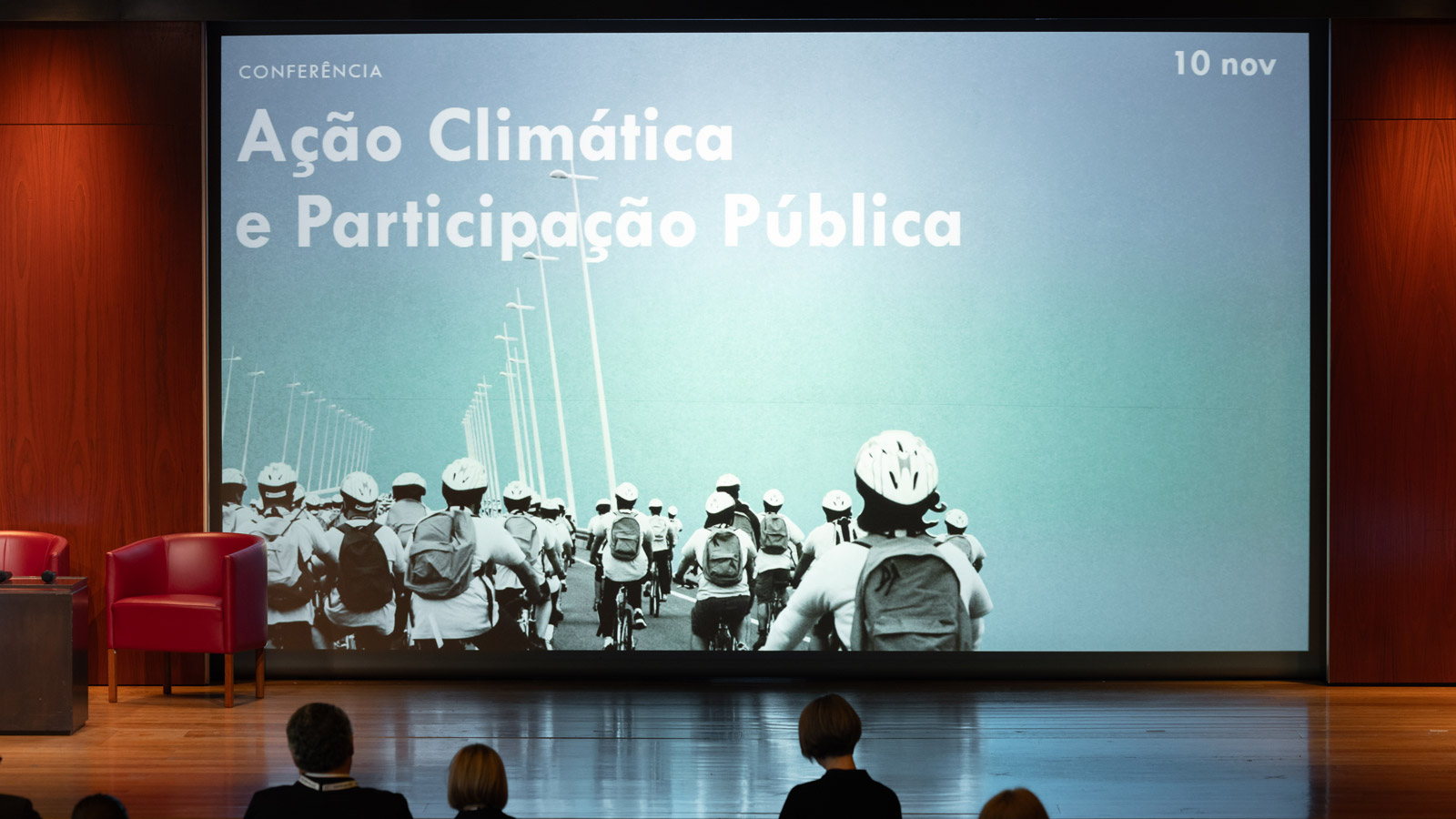
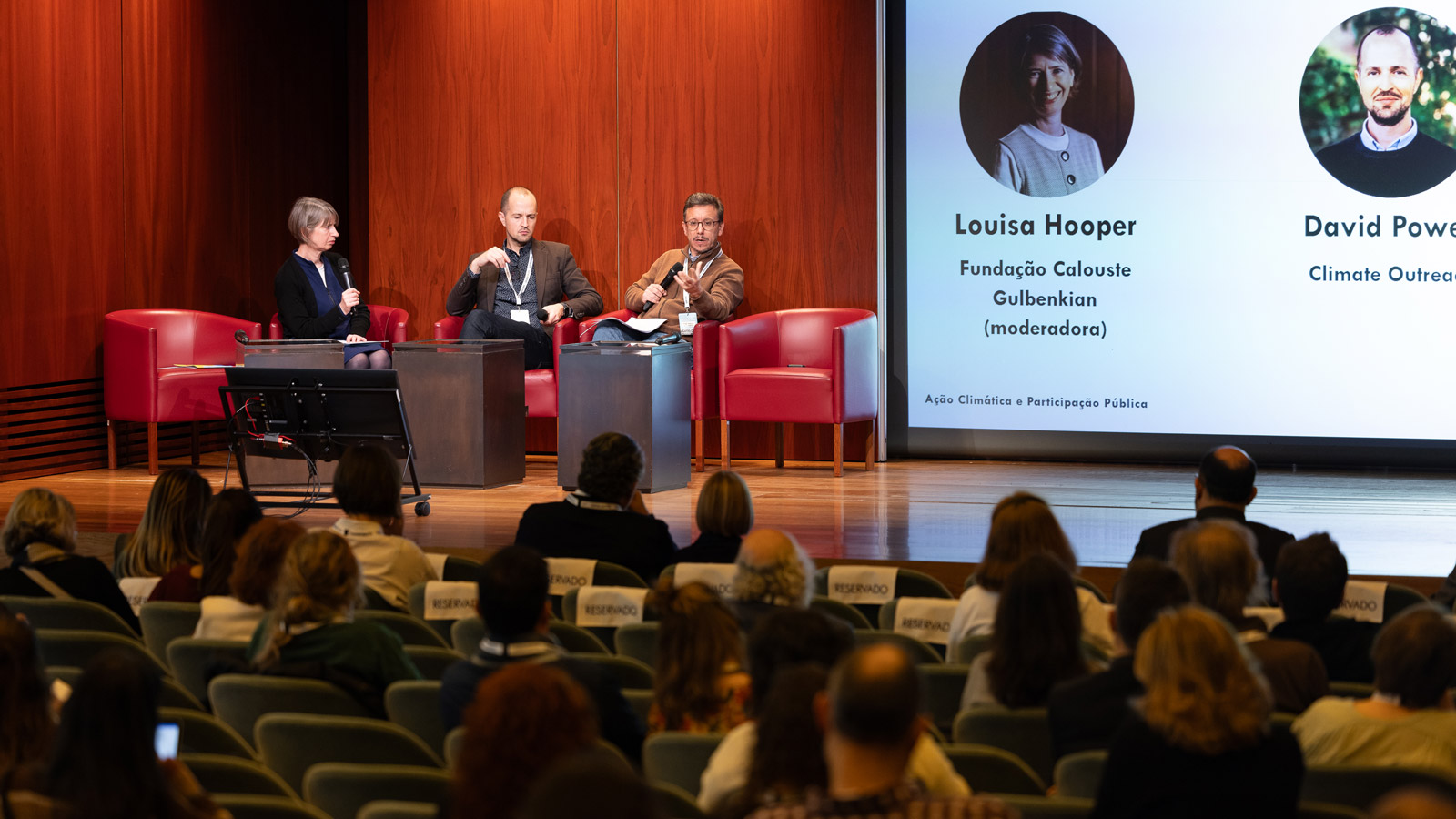
And because the role of local communities and citizens is key to accelerating climate action, at the end of 2023 a competition was launched to support projects that promote public participation in climate action, aimed at municipalities and non-governmental organisations. The launch of the competition was preceded by the “Climate Action and Public Participation” conference, which brought together at the Foundation a number of experts and leaders of local projects that are mobilising action on a large scale, contributing to the advancement of climate policies and a fair transition.
Promoting merit
Encouraging high-potential young people to further their studies is nothing new at the Calouste Gulbenkian Foundation. Awarded in a wide variety of areas, Gulbenkian scholarships date back to their inception in 1956.
The year 2023 was, however, marked by a reinforcement of this type of support. With the creation of the Gulbenkian Merit Scholarships, the Foundation wanted to encourage even more young people with high potential (with an entry average of 17.5 or above) and economic difficulties to continue their higher education studies in Portugal. These new scholarships not only provide annual support of €2,000 throughout their higher education, but also include a top-up (a one-off additional amount of €2,000) for the student to attend a semester at a university abroad under an international mobility programme.

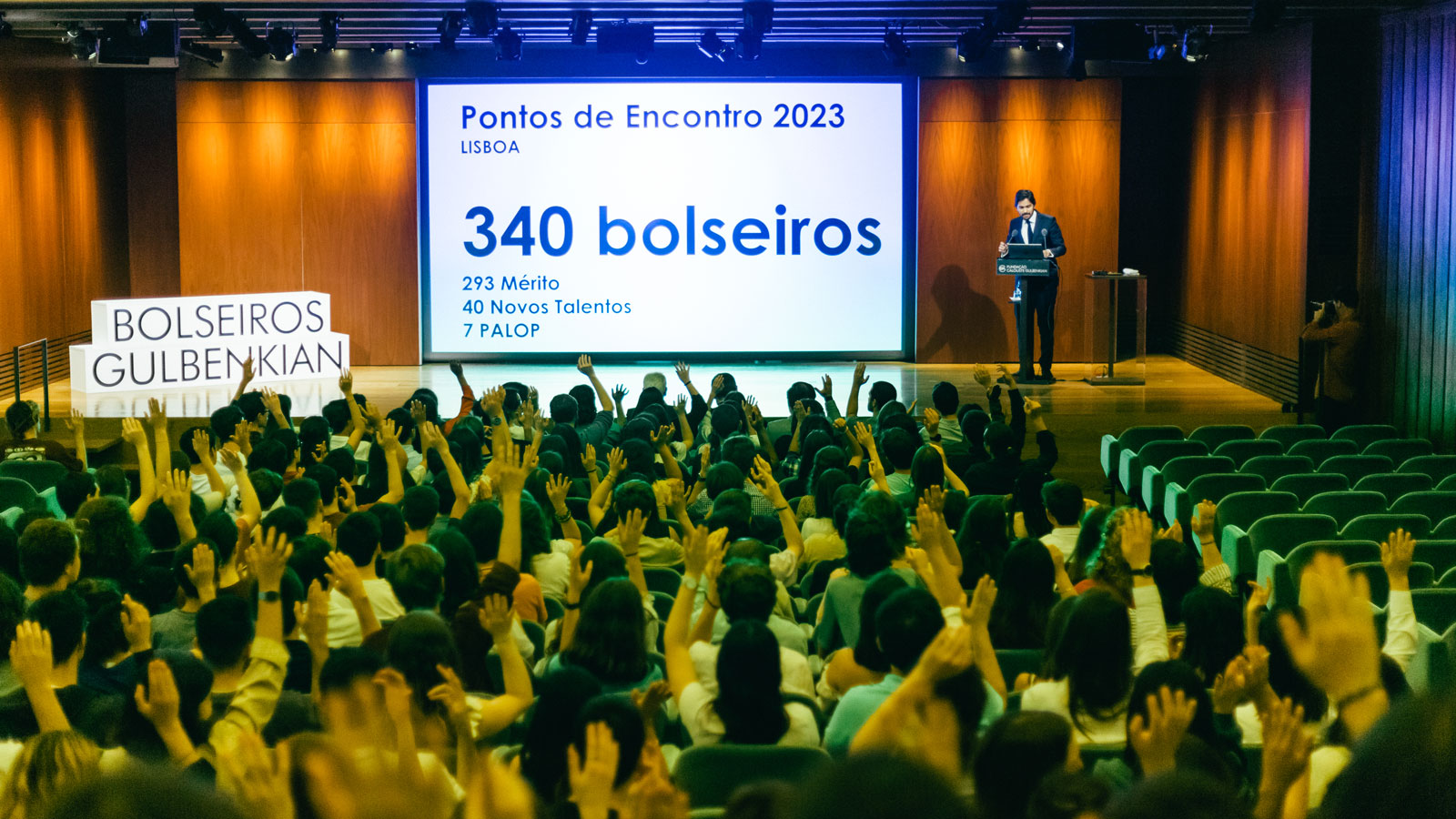
In the 2022-2023 academic year, 889 scholarships were awarded (289 renewals and 546 new scholarships); in the 2023-2024 academic year, they totalled 1280 (665 renewals and 615 new scholarships). The number of scholarships awarded grew by more than 50 per cent, reinforcing our desire to boost the role of education and contribute to greater social equity.
Atos – a participatory art programme
Through participatory art projects, the Atos programme visited 41 municipalities across the country to support artistic creation with local communities, enhance the national cultural fabric and promote the civic practices of the communities living there. In partnership with the D. Maria II National Theatre and organised around three main themes – People, Landscape and Heritage – the initiative took in lands and cities from the north to the south of the country, including Madeira and the Azores, and involved dozens of cultural structures and several hundred participants from different backgrounds.
As well as the public visibility events for the projects – in formats as diverse as shows, tours, art installations, assemblies, residencies or gatherings – there were also moments of joint reflection, such as “Cenários Presentes” in Torres Vedras. This meeting, which marked the end of the second quarter of Atos, discussed the challenges of participatory art, its place in artistic programming and the political role of art, in a series of round tables and conferences that brought together representatives of artistic organisations, guests and members of the public.
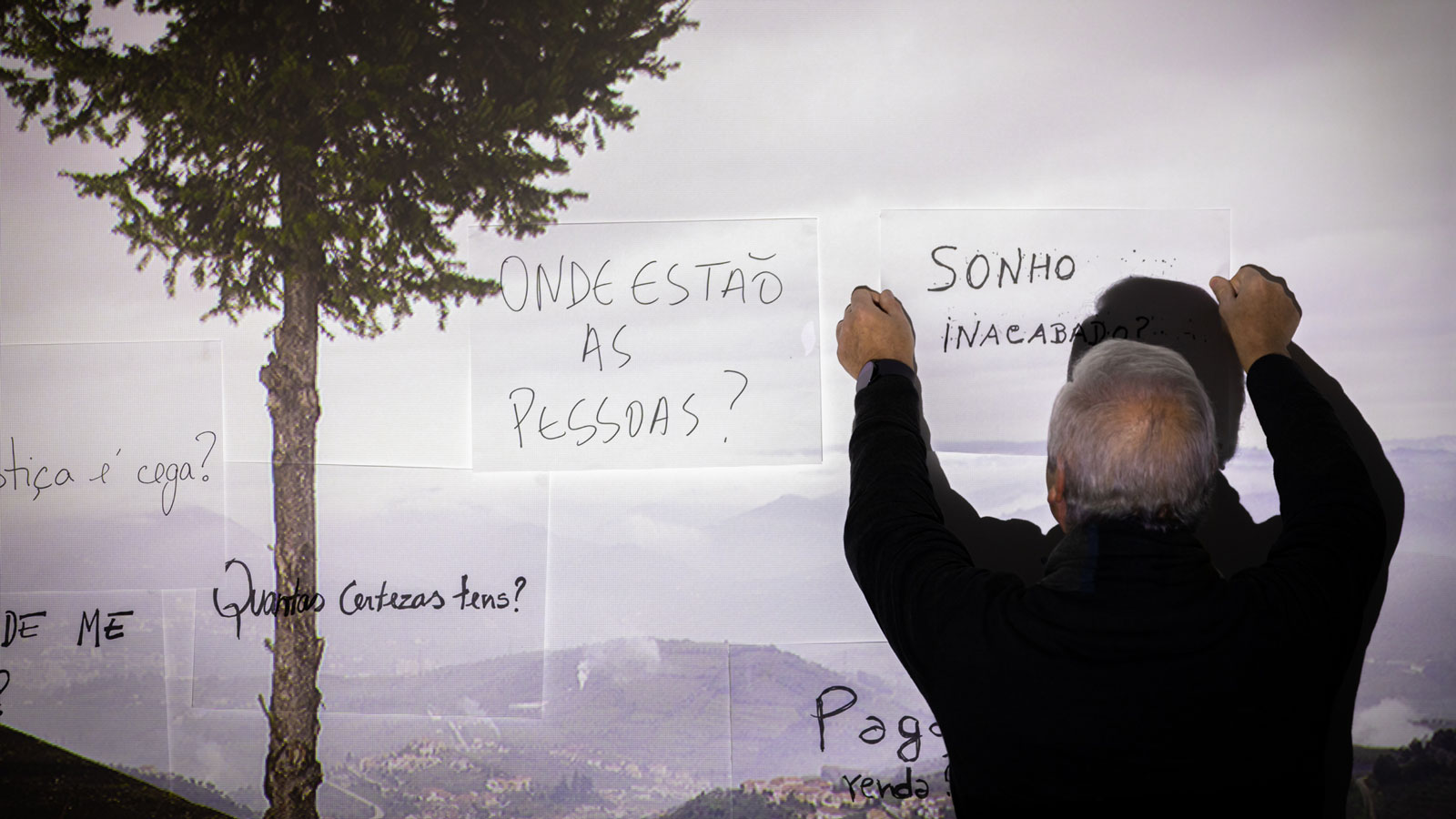


This challenging and demanding experience, due to its size and constant travelling around the country, allowed for the mapping and consultation of the national territory regarding the dynamics of cultural participation and the realities of the teams that implement them, as well as the different models of action, artistic profiles and thematic focuses in the practice of participatory art. Atos will continue in 2024, in order to systematise the knowledge acquired, provide meeting spaces and promote the realisation of new projects with other conditions and tools, in this area that is central to the mission and objectives of the Gulbenkian Foundation and the National Theatre.
Social Sciences and Humanities classics translated into Armenian
A dozen fundamental texts from the Social Sciences and Humanities have already been translated into Armenian as part of the Gulbenkian Translation Series.
Heir to the long tradition of translating important ideas into Armenian, this series was created with the aim of promoting critical thinking in Armenia. By making available the most influential contemporary academic books (from the 20th and 21st centuries), it presents itself as a contribution to the reform of Armenian socio-political thought, but also a significant influence on the language, especially Western Armenian, keeping it current and dynamic.
The first phase of the project saw the publication of Orientalism by Edward Said, The Origins of Totalitarianism by Hannah Arendt, Le deuxième sexe by Simone de Beauvoir, L’archéologie du savoir by Michel Foucault, Quel che resta di Auschwitz: L’archivio e il testimone, by Giorgio Agamben, Le Siècle, by Alain Badiou, Quaderni del carcere (selections), by Antonio Gramsci, Strukturwandel der Öffentlichkeit, by Jürgen Habermas, and Instructions Païennes and La condition postmoderne, by Jean-Francois Lyotard.
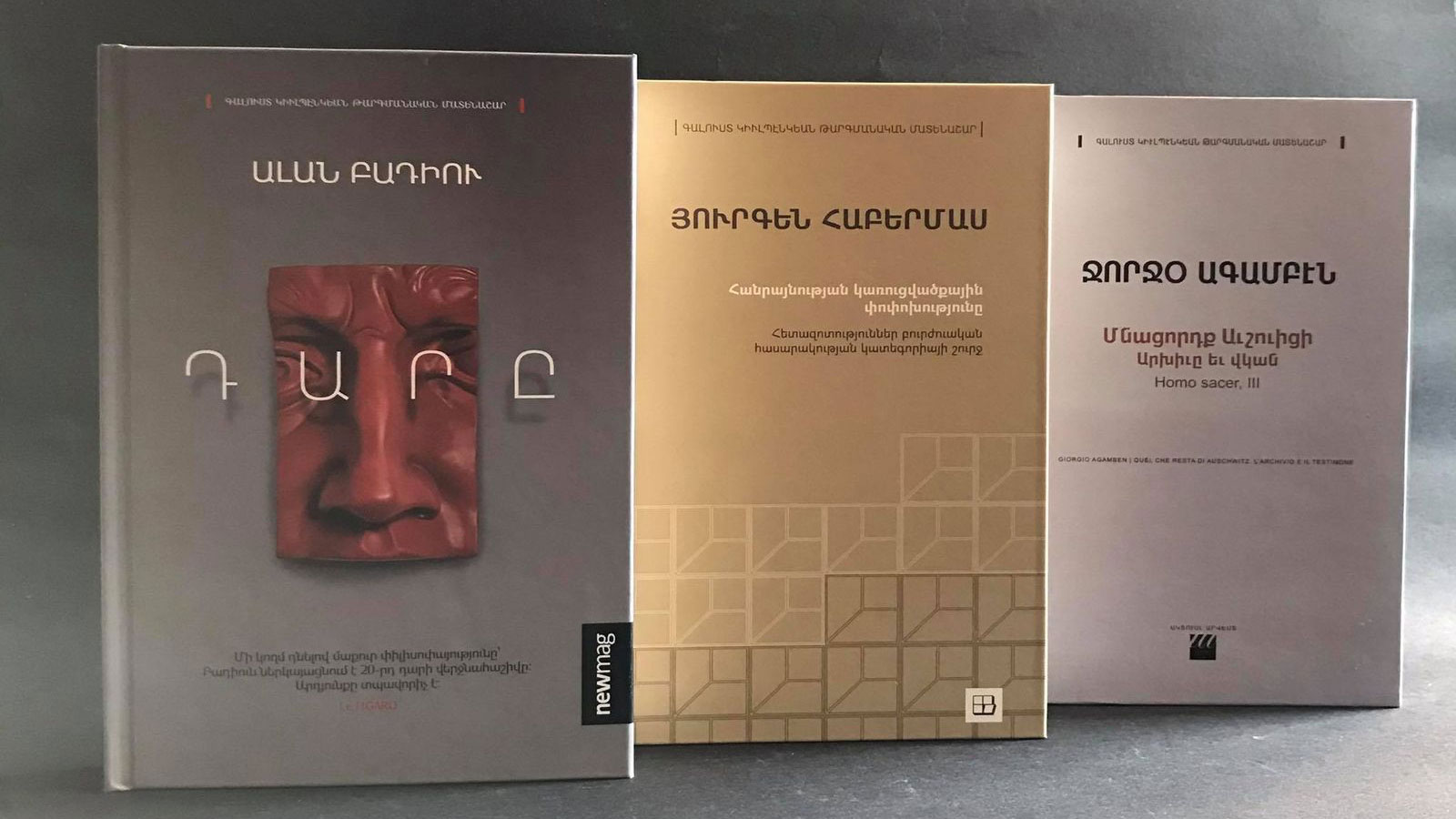
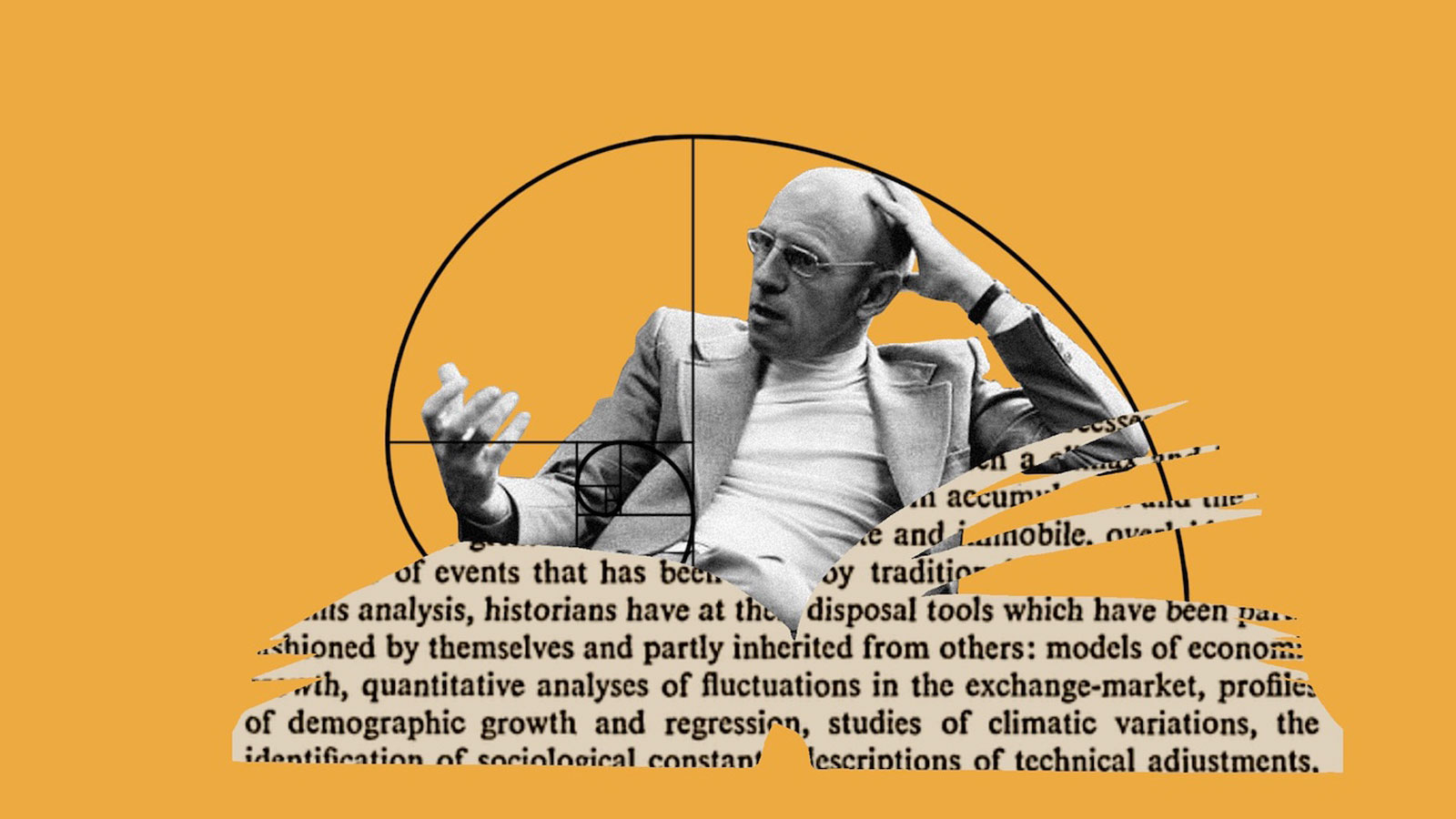

In the second phase, which has already been launched, we are translating Imagined Communities by Benedict Anderson, A Theory of Justice by John Rawls, A Critique of Postcolonial Reason by Gayatri Spivak, The Translator’s Invisibility by Lawrence Venuti, Pragmatism by William James, Marxism and Literary Criticism, by Terry Eagleton, Art and Anarchy, by Edgar Wind, Il formaggio e i vermi, by Carolo Ginzburg, Logisch-Philosophische Abhandlung/Philosophische Untersuchungen, by Ludwig Wittgenstein, and La civilisation de l’occident médiéval, by Jacques Le Goff.
The texts were selected based on their impact on various disciplines, their current relevance and the variety of approaches and languages.
Investing in math to reduce inequalities
The University of Cape Verde has established itself as a true math cluster in the PALOP countries. Over the last few years, the Calouste Gulbenkian Foundation has developed postgraduate and master’s degree programmes in mathematics with this institution, the Vocations for Mathematics project (aimed at university students), the Fields of Mathematics (aimed at secondary school students), an Advanced Scientific Internship programme (for teachers) and scholarships for students who have excelled in the Fields of Mathematics and have since entered higher education.
Following all this joint work, at the beginning of 2023 the Mathematics Laboratory at the University of Cape Verde was inaugurated with the support of the Gulbenkian Foundation. This laboratory, created with the aim of promoting training and research in math, aims to establish itself as a scientific and pedagogical unit – not only from an academic perspective, but also from a recreational one – and to promote contact with mathematics at all levels of education: from early math in kindergartens to higher and postgraduate education (master’s degrees and doctorates). For example, the first Regional PhD Programme in Mathematics in the PALOP countries is currently underway, in partnership with the Agostinho Neto University (Angola) and the University of Coimbra (Portugal).
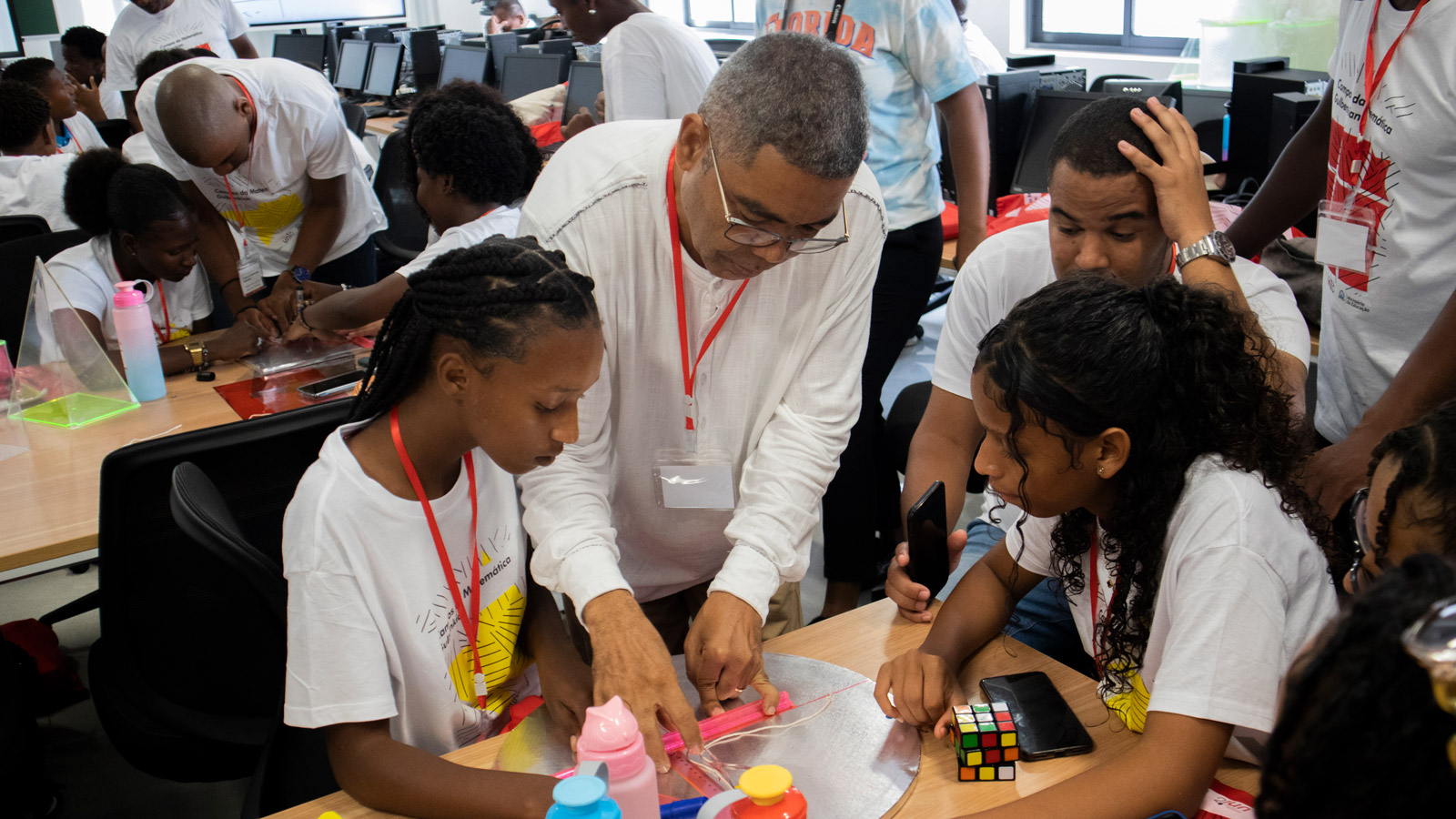

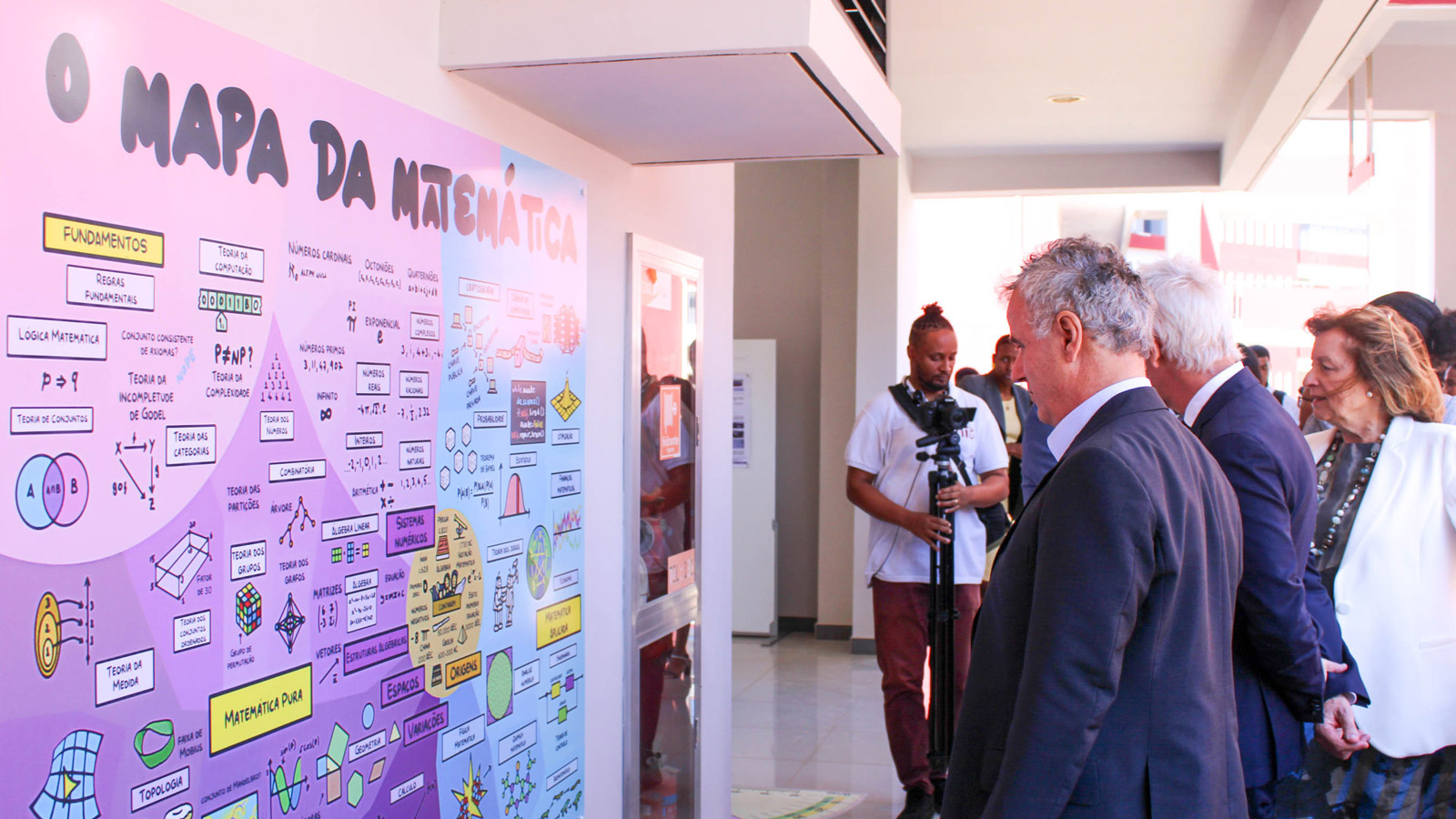
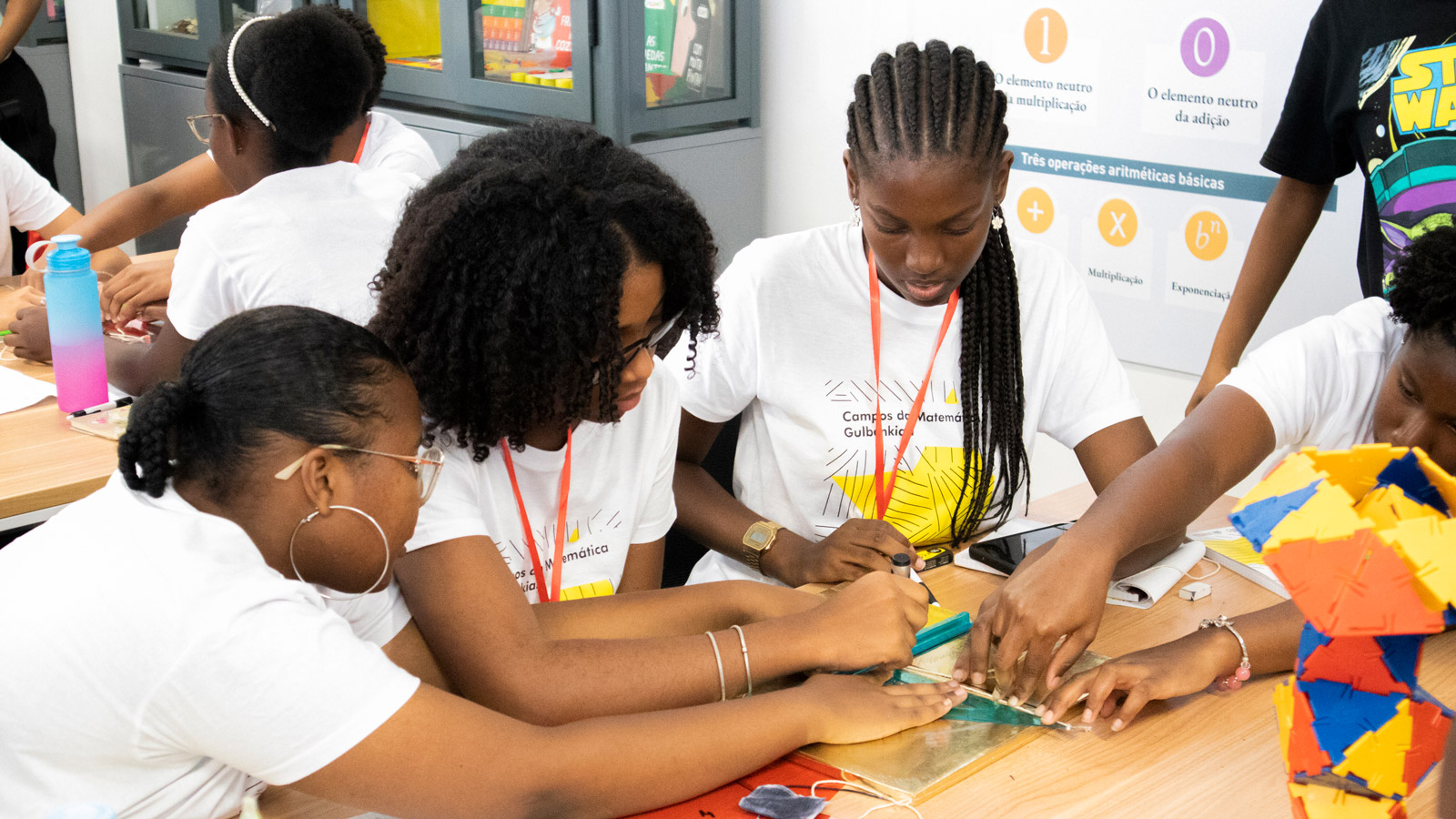
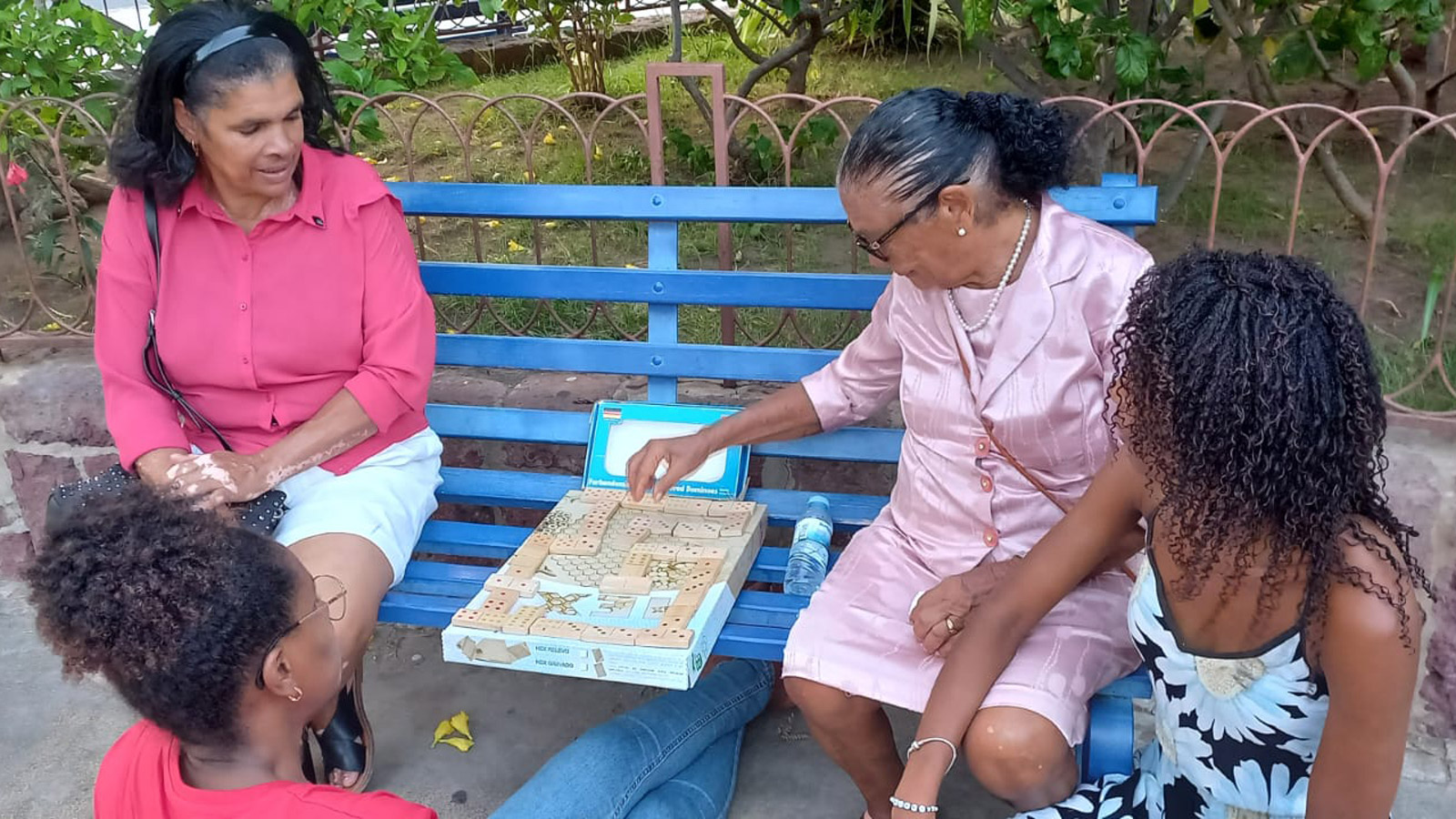
If education plays a fundamental role in reducing inequalities and poverty, math education requires special attention, given its fundamental role in the development of other exact sciences, engineering and the digital economy, thus contributing to less unequal global development.
Fighting disinformation
The European Media and Information Fund (EMIF), managed by the Calouste Gulbenkian Foundation in partnership with the European University Institute in Florence, was created with the aim of promoting media literacy projects and combating disinformation in Europe through funding. Eligible for support are digital media outlets, universities and research centres, non-profit organisations and others based in the European Union, EFTA and/or the United Kingdom that address these issues.
In 2023, EMIF approved 36 projects from 20 countries, totalling almost €5.5 million, divided into four areas:
- Fact-Checking:
19 projects approved / 13 countries (Belgium, Bulgaria, Czechia, Finland, France, Germany, Italy, Poland, Portugal, Romania, Slovenia, Spain) / €1,177,236.29
- Research into Disinformation:
8 projects approved / 10 countries (Austria, Czechia, Croatia, Finland, Germany, Hungary, Netherlands, Slovakia, Spain, United Kingdom) / €1,139,718.25
- Academic Research
4 projects approved / 7 countries (Slovakia, Spain, Greece, Netherlands, Italy, United Kingdom, Switzerland) / €1,594,458.24
-
Media Literacy
4 projects approved / 9 countries (Germany, Spain, Finland, France, Greece, Netherlands, Italy, Portugal, United Kingdom) / €1,526,509.87
Since its creation in 2021, EMIF has supported 68 projects from 32 countries, with a total investment of 11.2 million euros. (11,190,005.66 €)

Science
IGC PhD programmes: a milestone in history, a goal for the future
In 1993, two researchers – António Coutinho and Alexandre Quintanilha – created a programme that would completely change the paradigm of science in Portugal and put the Gulbenkian Institute of Science (IGC) at the forefront of postgraduate training.
The Gulbenkian Doctoral Programme in Biology and Medicine and the Gulbenkian Doctoral Programme in Biomedicine were the first to be created. Their merit has been recognised and adopted by other national and international institutions. Freedom of thought, the design of the research project and internationalisation have given them the factors to enhance the talent of their participants. Others, such as the PhD Programme in Computational Biology and Advanced Medical Education, later came to fill a research gap in these areas at national level.
Crossing borders, the IGC has also contributed to the training of doctoral students from the PALOP countries. In 2013, the Foundation for Science and Technology began to support the programme, which evolved into what is now the Doctoral Programme in Integrative Biology and Biomedicine, now at its 11th edition.
Innovative and inspiring, over the last 30 years the nine doctoral programmes have trained more than 500 students who have gone on to work in research, academia, industry, business or government in 23 countries.
In the year that marked the 30th anniversary of the PhD programme, the IGC wanted to look to the future, rather than finding solutions to current challenges, and to consider, in an international debate, the best way to attract and retain talent in life sciences careers.
Highlights for 2024
Gulbenkian Institute for Molecular Medicine is born in 2024
The Gulbenkian Institute for Molecular Medicine (GIMM) was born out of the desire for growth of the Gulbenkian Institute of Science and the Institute of Molecular Medicine and the obvious benefit of leveraging competences and taking advantage of synergies between these two leading research institutes in our country.
It aims to stand out as a scientific institute of excellence, capable of attracting national and international researchers from different areas of knowledge, with disruptive ideas, competitive funding, and with the mission of contributing to the structuring of research, innovation and health ecosystems in Portugal and the European Union.
The new institute will have a global vision, bringing together fundamental and translational research and clinical studies in the search for answers to global health challenges. By boosting the potential it already has, GIMM will leverage the development and consolidation of partnerships with different universities, international institutes and companies, positioning itself as a key player in training scientists and promoting science. Initially, GIMM will operate from two centres – in Lisbon and Oeiras – with the construction of a new headquarters planned for the coming years in the Lisbon area.
The new institute has a number of partners who are crucial to its constitution, relevance and impact. GIMM’s founding members are the Calouste Gulbenkian Foundation, the “La Caixa” Foundation, ARICA, the University of Lisbon, the Faculty of Medicine of the University of Lisbon and the Lisboa Norte University Hospital Centre.
The universe of Siza
The exhibition dedicated to the work of architect Álvaro Siza Vieira opens on May 17. Curated by the Spanish architect, critic and curator Carlos Quintans, who was responsible for the Spanish Pavilion at the Venice Biennale in 2016 (winner of the Golden Lion), this exhibition aims to cover all the creative aspects of Álvaro Siza’s career. To this end, it will draw on archives deposited at the Serralves Foundation, the CCA – Canadian Centre for Architecture, the British centre Drawing Matters, as well as the Calouste Gulbenkian Foundation and the architect’s own studio.
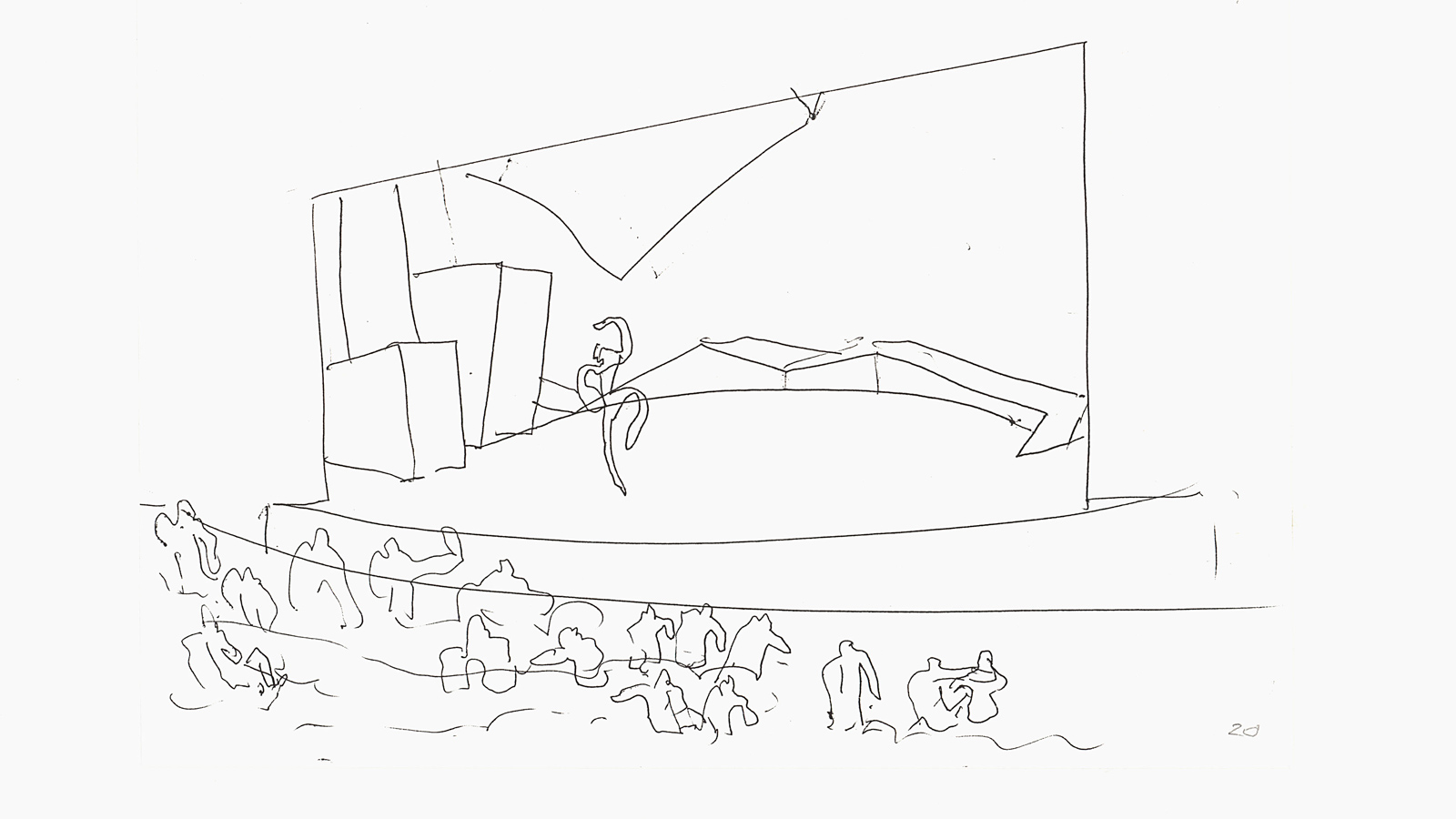
Emphasising the role of drawing in his work, the exhibition will bring together original material, drawings, working plans and final plans, photographs, design pieces, as well as works by artists that make up the constellation of personal, artistic and professional references of the Portuguese architect who won the Pritzker Prize in 1992.
Promoting Mental Health
According to WHO estimates, 50 per cent of mental health disorders in adults begin to develop before the age of 14. Given the urgent need to prevent illness, promote positive mental health and ensure the healthy development of children who need it most, the Calouste Gulbenkian Foundation launched the Growing Minds initiative.
By supporting pilot projects that combine sectors such as health, education, justice, academia and the arts, we aim to help strengthen a safety net for the most vulnerable children and families.
In this context, 2024 is the year in which we identify the first nationwide challenge that will use the principles of improvement science to promote maternal mental health in the NHS based on digital technology.
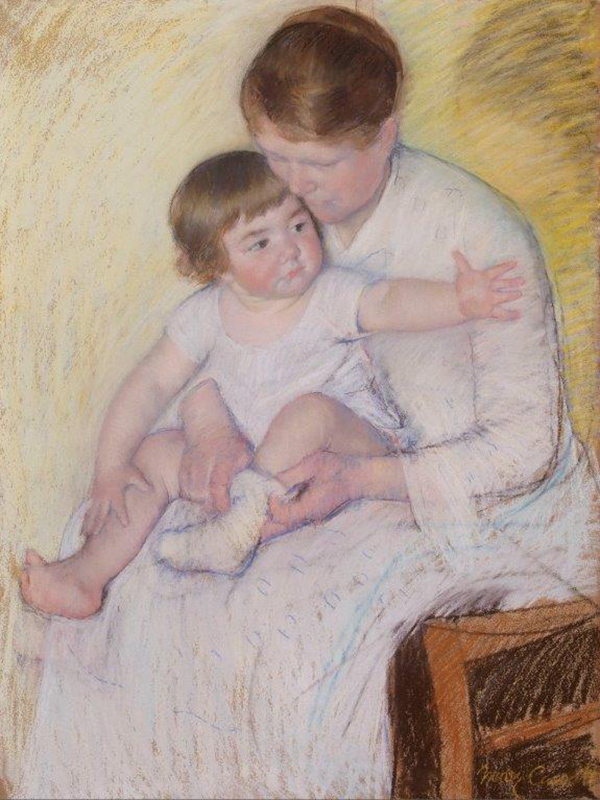
The Growing Minds initiative will also incorporate consortia that intervene in new risk and protective factors for mental health in the perinatal phase, in promoting secure attachment between parents and children and in preventing the negative effects of adversity in childhood through the arts. In addition to intervention projects, the production of knowledge and social awareness will also be supported.
Finally, a mechanism will be developed to recognise good practices in the social protection of vulnerable children, in the field of affective attachment and parenting strategies for positive mental health, in order to broaden the range of responses to child promotion and protection measures.
